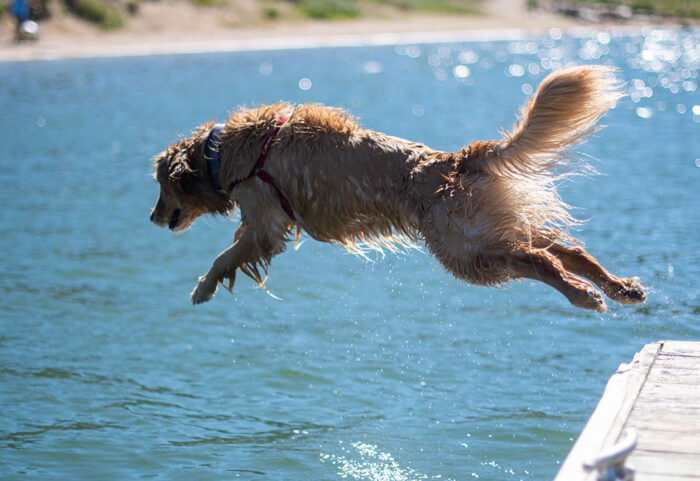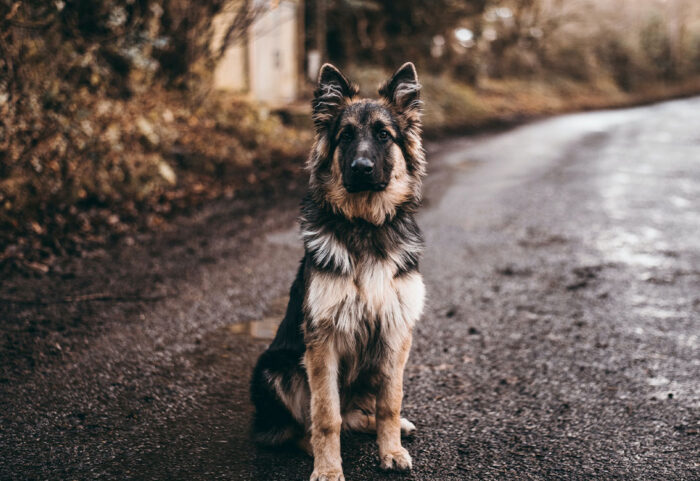Dog Rectal Bleeding: What to Do in the First 2 Hours
Your dog’s health is always a priority, and seeing blood near their anus or in their stool can be frightening. While rectal bleeding in dogs isn’t always an emergency, it should never be ignored.
The urgency depends on the amount of blood, the cause, and your dog’s overall condition.
If your dog is losing a significant amount of blood or appears weak, dehydrated, disoriented, or in visible pain, seek emergency veterinary care immediately. For less severe cases, here’s a timeline of what to do in the critical first two hours.
0–30 Minutes: Observe the Bleeding
One of the most common signs mistaken for rectal bleeding is bloody diarrhea. Loose, obviously bloody stools that appear like raspberry jam are usually indicative of Hemorrhagic Gastroenteritis (HGE), or bleeding in the digestive tract. It’s most common among small dogs, especially breeds like Yorkies. If the diarrhea is consistent and voluminous, get your dog to a vet to ensure they don’t become dehydrated.
If diarrhea isn’t present, look closely at the blood:
- Bright red blood usually points to bleeding near the anal opening or surface skin.
- Dark red blood often originates deeper in the digestive tract or rectum and is more concerning.
Both require a vet’s attention, but darker blood warrants more urgent care.
Sometimes what looks like rectal bleeding is actually related to impacted anal glands—a common issue that can also cause swelling or discomfort. Here’s more on how often your dog’s anal glands should be expressed.
30–60 Minutes: Look for Possible Causes
Well not, like, literally. One of the most common causes of rectal bleeding in dogs is constipation. Has your dog had trouble going to the bathroom of late? Note this when you talk to your vet.
Do NOT attempt to remove any visible obstruction yourself! This could perforate your dog’s intestines and cause serious internal damage. Rush your dog to an emergency clinic immediately.
Ask yourself whether you’ve seen signs of parasites, polyps, or tumors, all of which can cause rectal bleeding. Are your dog’s anal sacs engorged? It may just be that they need emptying; clogged anal glands are a common cause of bleeding, too.

1–2 Hours: Watch and Wait
If you have reason to believe the bleeding was a one-off incident—you saw a streak on the carpet or a smear on the outside of your dog’s poop—still, keep a close eye for:
- Repeated bleeding episodes
- Signs of discomfort or pain
- Lethargy or loss of appetite
Any sustained bleeding, whether the blood appears in your dog’s poop or just near their anus area, is a reason to call your veterinarian. She’ll likely want to run some diagnostic testing to rule out parasites or medical causes, then put a plan in place to prevent infection, stave off pain, and maintain hydration in your dog.
Stay Ahead in Pet Care
Subscribe for thoughtful updates on clinical trials, product development, and the future of
regenerative pet care.


